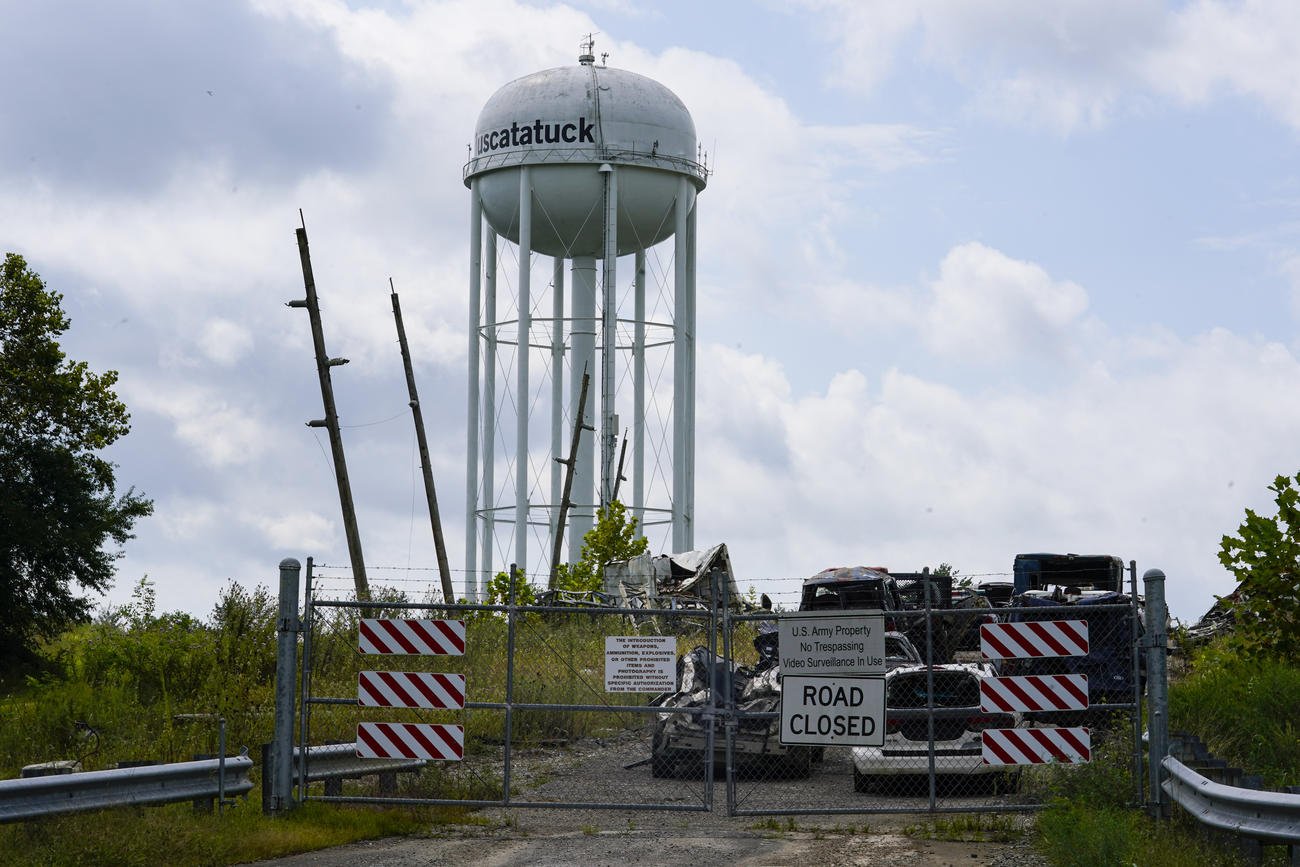

INDIANAPOLIS — Before three Dutch soldiers were shot, one fatally, in downtown Indianapolis, they were training in a southern Indiana military camp where international soldiers enter highly specialized urban combat simulations they might not be able to get in their own country.
Simmie Poetsema, 26, was identified Monday as the soldier who died of his injuries from the shooting Saturday outside a Hampton Inn where the men were staying. The two other soldiers have injuries that are not expected to be life-threatening, according to officials.
But police did not release additional information Monday about the circumstances of the shooting. No arrests have been announced.
Before the shooting, which police said they believe came after a disturbance, the men’s business was about an hour to the southeast — at the Muscatatuck Urban Training Center.
Why train in Indiana?
Foreign soldiers often go to United States military facilities that replicate the “unpredictable realism” of battlefield situations within an environment that a soldier would encounter.
At Muscatatuck — where the three Dutch Commando Corps members involved in the shooting were training — “everything in the city and surrounding property, including the people, is ‘in play,'” its website says.
It’s a 1,000-acre (405-hectare) complex that trumpets hyper-focused training across land, air, water, technology and space.
Mark Cancian, a senior advisor at the Center for Strategic and International Studies and a retired Marine colonel, said Muscatatuck is “essentially a small city” for combat training. U.S. allies with troops from countries without the capacity for such facilities can learn in an environment that replicates the one they could fight in, he said.
“Europeans have things like that,” he said, but U.S. facilities are “more elaborate, in part because we have more money, and probably because we have more space, and larger forces.”
What exactly is at Muscatatuck?
The Muscatatuck complex had been a state-operated center for people with developmental disabilities since the 1920s, with more than 2,000 residents at one point before it was closed by the state. The Indiana National Guard then took over the site in 2005.
Military officials saw the campus of more than 60 buildings, nine miles of roads and more than a mile of tunnels — in a rural setting isolated from nearby communities — as an ideal place to replicate an urban territory for military training, including chemical or biological attacks.
“Our primary intent is to simulate real-world, urban scenarios through real and virtual training for first responders involved in counterterrorism operations,” then-Indiana Guard Adjutant General Martin Umbarger said in announcing the creation of the Muscatatuck center in 2004.
The Indiana National Guard said in a statement that the center is used for training by the Department of Defense “as well as other allies.” A spokesman did not respond to an interview request.
Those materials detail a training environment that mimics a city — with a five-story hospital, an oil refinery, a coal-fired steam plant, among many other features — as well as bits of infrastructure that might be found in a war zone, such as downed aircraft, searchable “rubble buildings,” a caved-in parking garage and a collapsed rail trestle.
Why were the soldiers away from the base?
The Muscatatuck center is part of a larger installation called Atterbury-Muscatatuck that covers 36,000 acres, including some lodging options. It’s not clear whether the Dutch soldiers had been staying on the installation during any of their training.
___
Associated Press writer Tom Davies in Indianapolis contributed to this report.
© Copyright 2022 Associated Press. All rights reserved. This material may not be published, broadcast, rewritten or redistributed.
